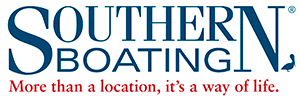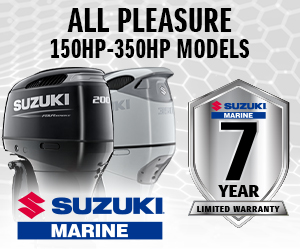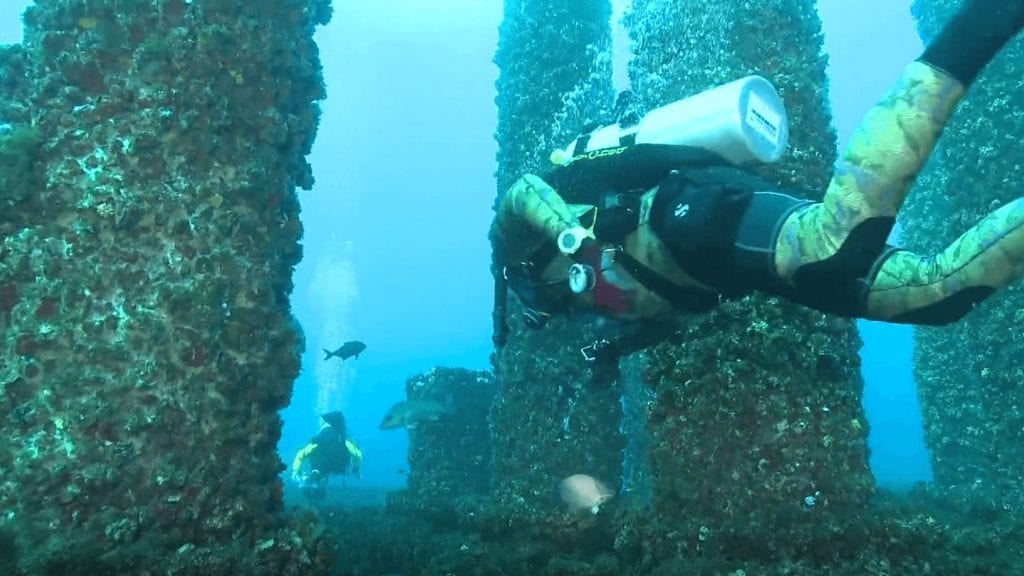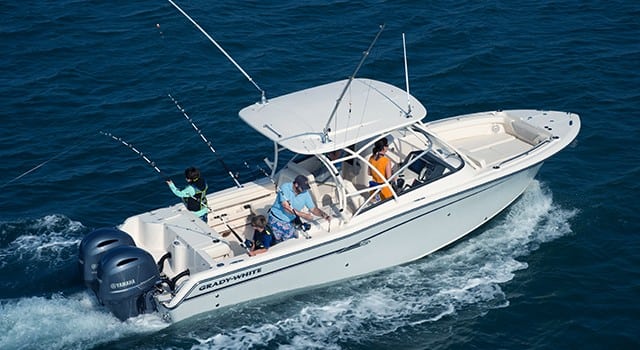What are the best autopilots for boats? Check out some of the latest from Garmin and Furuno.
Steering a boat is fun, but we are not always good at it. Like wandering, drunken sailors, even clear-headed captains have a hard time maintaining a straight line. Concentration and skill aren’t the problems. Wind, tide, and hull-bottom designs can throw your boat off route, and the adjustments you make can turn out to be course and fuel efficiency killers. That’s where autopilot comes in– and you deserve best autopilots for boats.
Autopilots were invented almost 100 years ago for commercial vessels and further refined in 1974 for the recreational market. As computers become smaller and more powerful, adaptive learning (or a sort of artificial intelligence that learns from its mistakes) is what drives today’s best autopilots to guide boats more efficiently. “In rough conditions, a well-tuned autopilot will sense small changes in heading before the captain does,” says David Dunn, director of marine sales and marketing for Garmin. “Autopilot keeps you on a straighter course with less oversteer.”
How it Works
An autopilot comprises a computer chip, head display, drive unit, and compass. When the captain plots a waypoint on the display, the computer, and compass signal the drive unit which powers the electric/hydraulic ram or rudder. On most boats, the autopilot is networked to a multifunction display. “Our Furuno NavPilot 300 uses what we call adaptive learning,” says Eric Kunz, Furuno USA’s senior product manager. “It takes the existing learning algorithm and watches the performance of the boat over time and then optimizes the performance.”
With the NavPilot 300, captains can choose from two cross-track error modes. “There’s wear and tear on a boat, and then there is unnecessary wear and tear,” Kunz explains. “When the NavPilot 300 is set in Precision mode, it will keep the boat on a .001 nautical mile cross-track error, and that’s about six feet.”
In rough seas, however, trying to track that tight is going to cause an extreme amount of rudder and steering action. “When the seas are rough, you go into the Economy mode,” says Kunz. “That reduces the cross-track error to .01 nautical miles, which is about 60 feet. Now the boat can wander and drift back and forth and not work the system as hard. It provides for a smoother ride in those conditions with not as much drag, and that can improve your fuel economy.”
Garmin
Garmin revamped its entire autopilot line for 2018 with new and improved hardware and software. “The Reactor 40 models replaced the original Reactor with common system designs and cabling for easy refits,” says Dunn. “We’ve also been updating our hydraulic pump lineup with improved models.”
Garmin also offers software updates via the Internet right to a Garmin device. “The latest software updates for the course computer, GHC display and electronics controller (if applicable) can all be loaded via NMEA 2000 from a compatible Garmin plotter,” says Dunn. “Updates can be loaded to an SD card via PC at garmin.com or via the ActiveCaptain app.”
Another important feature improvement by Garmin has been the ability to use an external heading source. Garmin’s autopilots still include built-in heading sensors, but for installations where there is no good mounting location free of magnetic interference, this feature allows GPS Compass or other premium heading sensors to provide a heading input to the pilot.
Furuno
For Furuno, the NavPilot 300 complements the NavPilot 700 series, which has been a class leader over the last 10 years. The NavPilot 300 costs less but offers features appropriate for boats from 25 to 100 feet. “The NavPilot 300 has a built-in gateway for the new drive-by-wire systems like SeaStar Optimus, Volvo Penta IPS, and Yamaha Helm Master,” says Kunz. “It is plug-and-play with everything, and you don’t have to use the analog components or outputs.”
Kunz says customers don’t always take advantage of all the autopilot features. For example, the Navigation mode is often not fully utilized. “I see customers hit the auto button and go to the waypoint, and then have to adjust the course because they are not following the track line,” Kunz says. “Once you set the route from a Furuno TZtouch or TZtouch2 plotter and start sending that info in, the pilot just pops into Navigation mode. The great thing about Navigation mode is that you set it and forget it; it gets you to the waypoint in the fastest line possible.”
Other Features
Dunn echos those thoughts and explains that the autopilot does more than just hold a heading. “Build a route on the MFD or use Garmin AutoGuidance to build it for you,” says Dunn. “Then engage ‘route following’ on the autopilot to follow it.” Garmin’s patented Shadow Drive technology makes it easy to skip the standby button when you want to take control. While engaged, grab the helm to change course, straighten out the boat on the new heading and the Garmin autopilot re-engages automatically.
Bluetooth connectivity has helped Furuno come up with useful tools for single-handed captains who need help maneuvering the boat from the bow. “The NavPilot 300 comes with a fully wireless remote Gesture Controller,” says Kunz. “You can hang it around your wrist or neck with a lanyard, and then steer wirelessly. When you are up on the bow, you can point it where you want to go, and the boat will follow your arm movement. It’s almost like having another person on the boat with you.”
Doug Thompson, Southern Boating November 2018














Please, I believe that the article le is informative…especial hearing the name Furuno mentioned is a recreational boating magazine. They are a conservative and trusted provider to the commercial vessel world.
What about Simrad, not me tones at all!
Completely ignored for Garmin is their acquisition last year of Navionics…and with that deal cane Navionixs software for certain navigational system plotters which have a symbiotic electronic relationship with radar and auto pilots. Navionics charts were not adaptable to Garmin chart plotters, I believe, until certain plotters are now being offered with Navionics charting software as an option.
No sour grapes here…There are many more auto pilot makes out there than Furuno and Garmin.
Tight Lines!
Alan V. Cecil